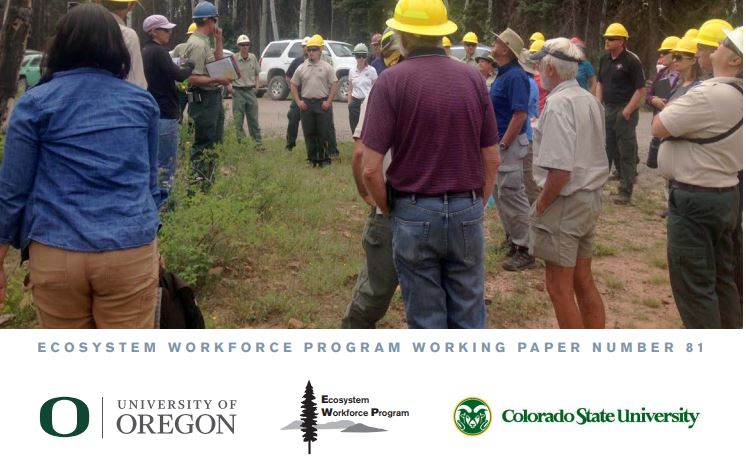

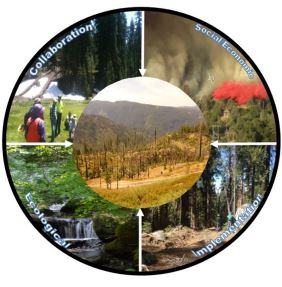
2017 Monitoring Symposium Highlights
This document contains highlights from the November 8, 2017 symposium. The intent of the symposium was to share knowledge and discuss ongoing monitoring and research work occurring within the ACCG footprint. See the full report here: ACCG MonSym Briefs11_05_17...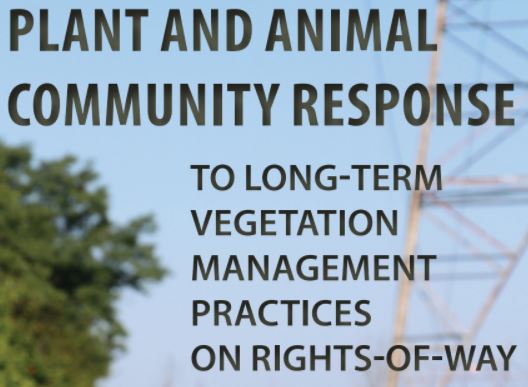
New research report: Vegetation Management Practices on Rights-of-Way
Results of 60 years of ecological research on Pennsylvania electric transmission rights-of-way demonstrate that plant communities can be selectively managed to support reliable electric service and a diverse plant community for wildlife habitat. A short (6-page)...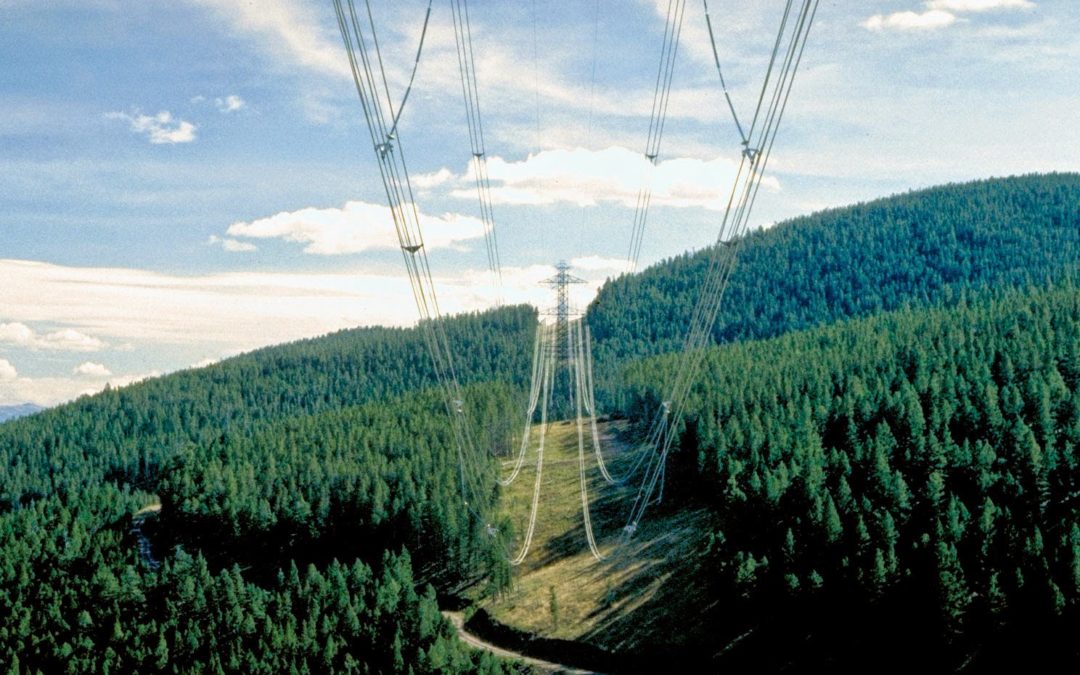
PG&E Transmission Line Herbicide Maintenance Project
At the August ACCG General Meeting (8/16/17), Peter Beesley, the PG&E Project Manager for this activity, gave a presentation about the plans and timing of the project. Although we cannot post the full presentation, Peter has provided links to the materials he drew...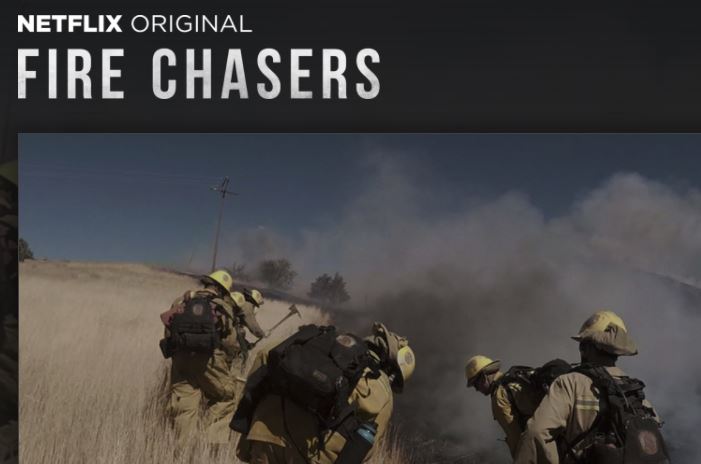
Cal Fire Featured in new Netflix series!
A new Netflix Original Series, Fire Chasers, will be premiering on Friday, September 8th on Netflix. The docuseries tells the story of our changing climate through the lens of wildfire and several perspectives, including CAL FIRE’s. CAL FIRE Director, Ken Pimlott is...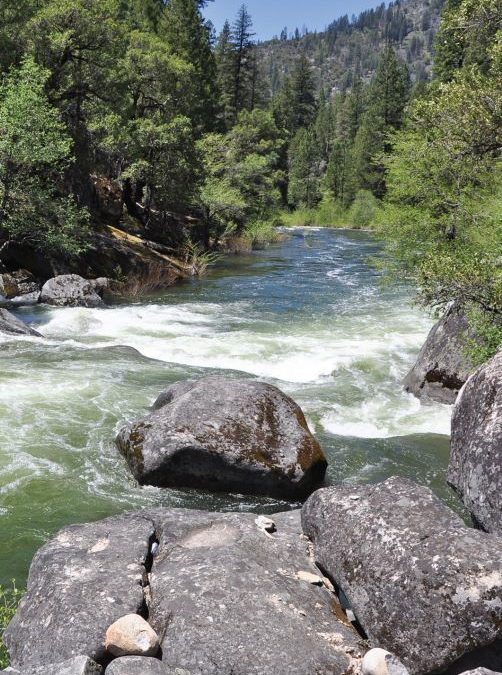
MOKELUMNE WATERSHED AVOIDED COST ANALYSIS: Why Sierra Fuel Treatments Make Economic Sense
This study was prepared by The Nature Conservancy, Sierra Nevada Conservancy, and the US Forest Service. The Sierra Nevada provides more than 60 percent of the developed water supply for California.
High-severity wildfire places this water supply at risk. The upper Mokelumne River watershed in
the central Sierra Nevada supplies drinking water to 1.3 million residents of the San Francisco Bay
Area and provides valuable goods and services, including but not limited to forest and agricultural
products, hydropower energy, recreation, wildlife habitat and carbon sequestration. Like other
Sierra Nevada and western watersheds, much of the Mokelumne watershed is at very high risk of
wildfire.